Cleaning Services Roselle Park
Top Local Cleaners in Roselle Park
Receive up to 3 Professional Cleaners quotes for your project today! Compare profiles, reviews, accreditations, portfolio, etc... and choose the best service.

VepoClean (EcoPure) Home Cleaning Jersey City
4.999 reviewsJersey City, US- Services
- Why Us?
- Gallery
Get Quote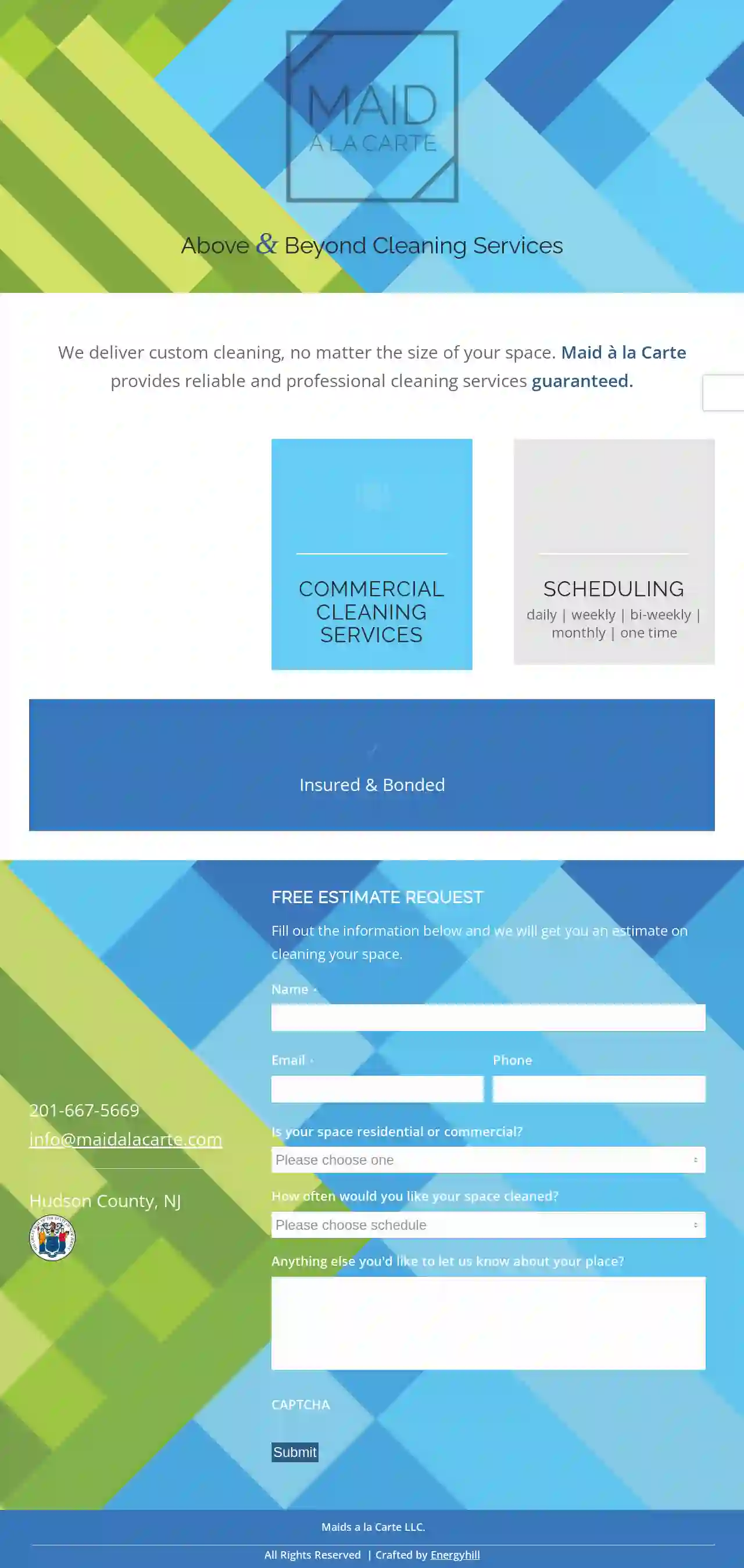
Maids a la Carte
549 reviewsJersey City, US- Services
- Why Us?
- Gallery
Get Quote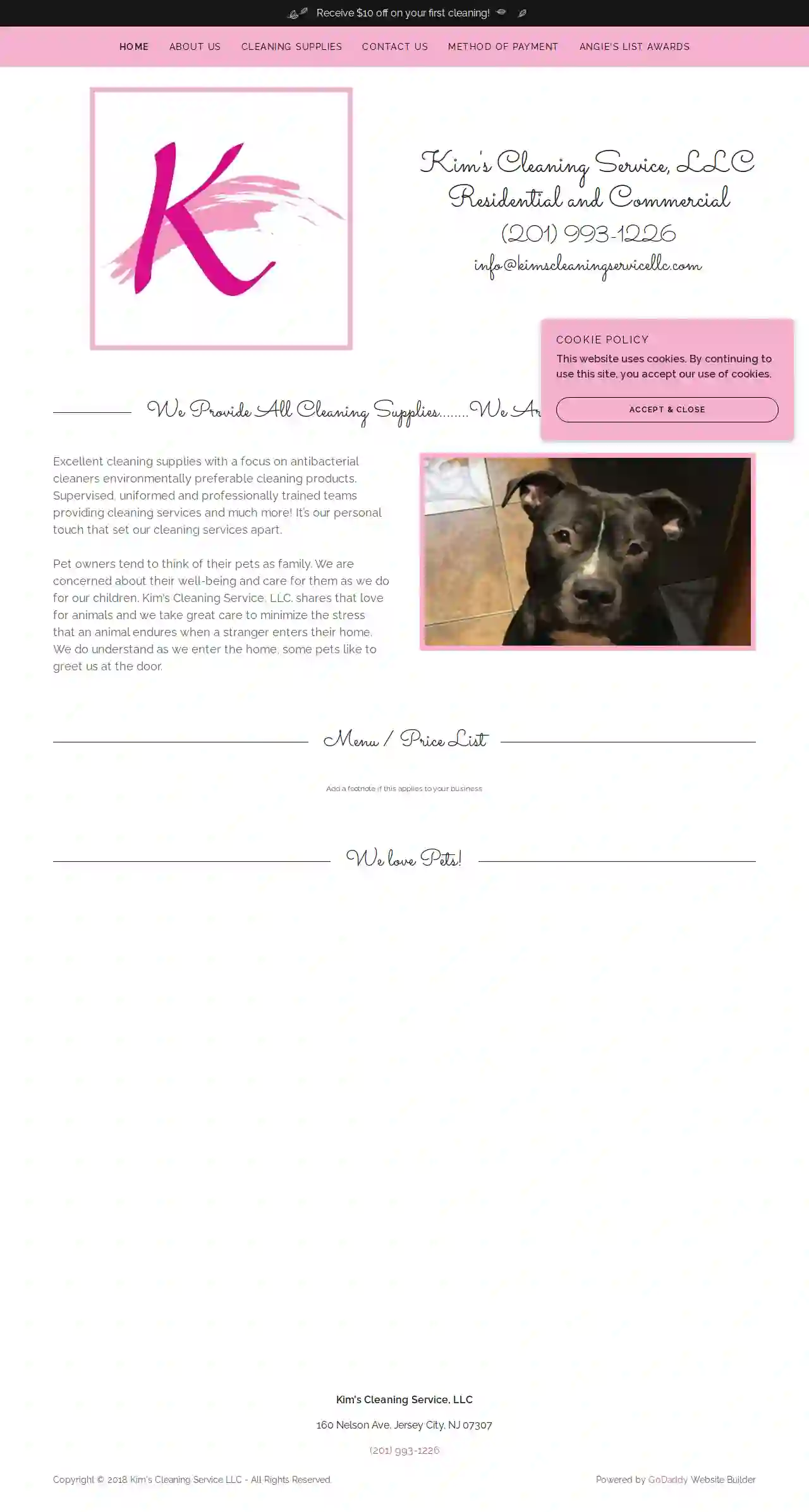
Kim's Cleaning Service, LLC
58 reviewsJersey City, US- Services
- Why Us?
- Gallery
Get Quote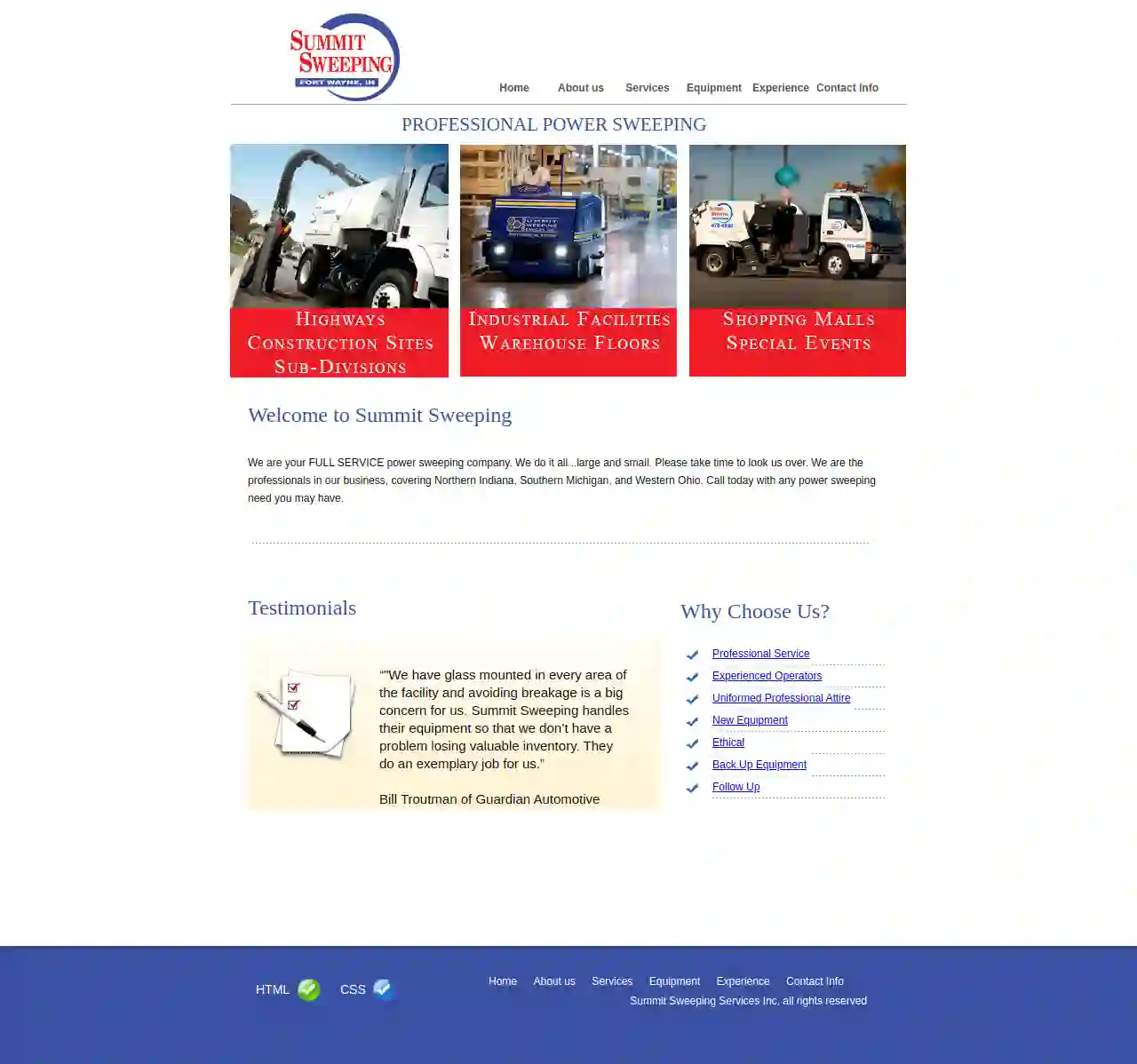
Summit Sweeping Services Inc
6707 Ideal Ave., Fort Wayne, 46809, USSummit Sweeping Services Inc. is a full-service power sweeping company, offering professional service, experienced operators, uniformed professional attire, new equipment, ethical practices, backup equipment, and follow-up services. With over 34 years of experience in the service industry, Summit Sweeping has grown from three employees to 12, with seasonal help reaching 15. The business operates seven days a week, with Christmas Day being the only closed day of the year. Summit Sweeping serves Northern Indiana, Southern Michigan, and Western Ohio, providing cleaning projects of all shapes and sizes.
- Services
- Why Us?
- Accreditations
- Our Team
- Testimonials
- Gallery
Get Quote
Cleaning Services
4.824 reviewsWayne, US- Services
- Why Us?
- Gallery
Get Quote
Columbus Service Group
4.813 reviewsJackson, US- Services
- Why Us?
Get Quote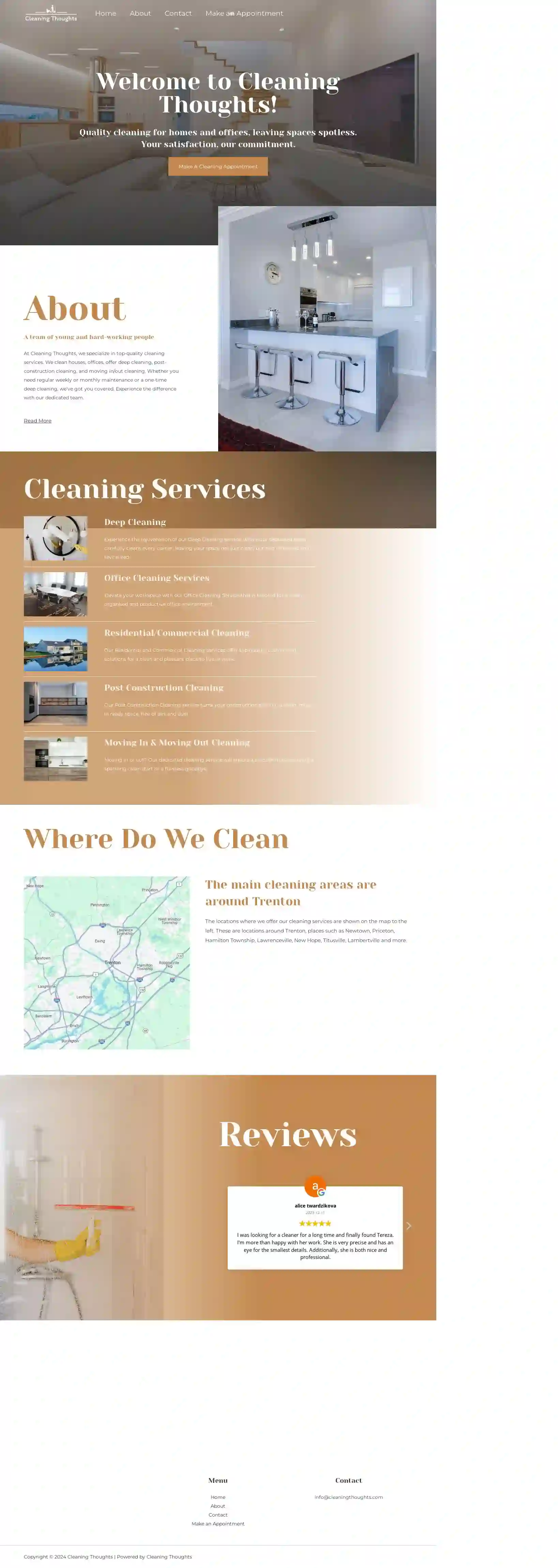
Cleaning Thoughts
57 reviewsTrenton, US- Services
- Why Us?
Get Quote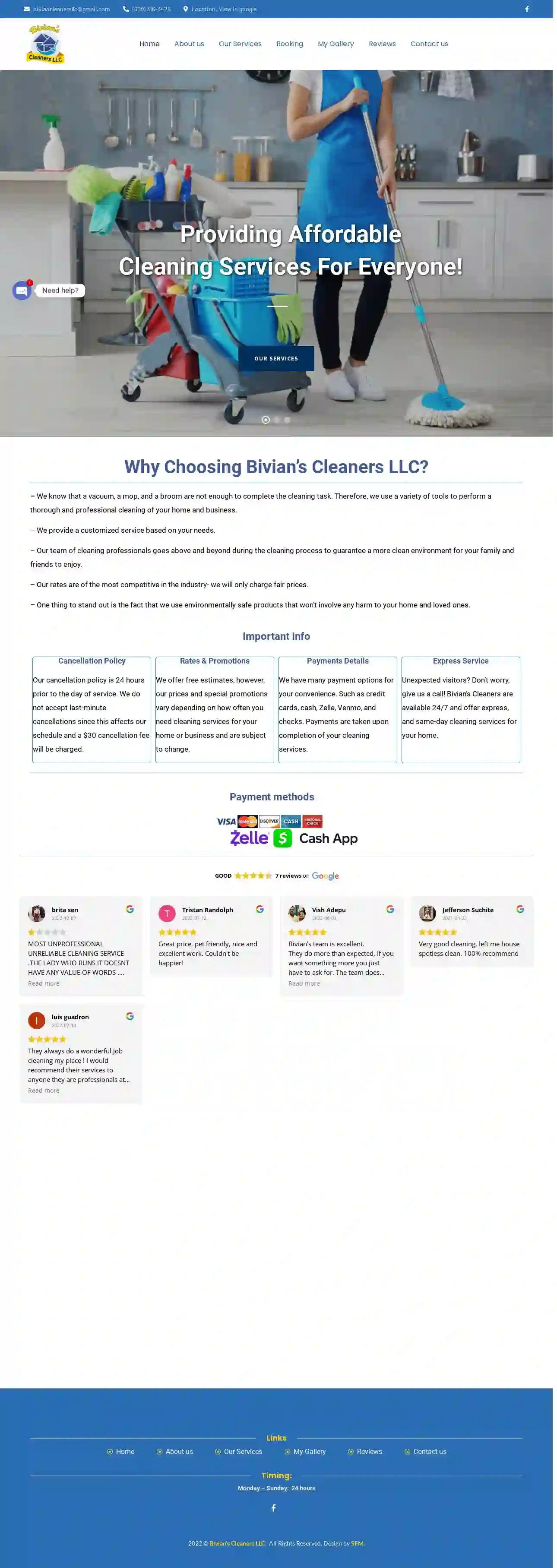
Bivian’s Cleaners LLC-General House Cleaning-Deep Cleaning-Commercial Cleaning-Post Construction Cleaning
4.47 reviewsTrenton, US- Services
- Why Us?
Get Quote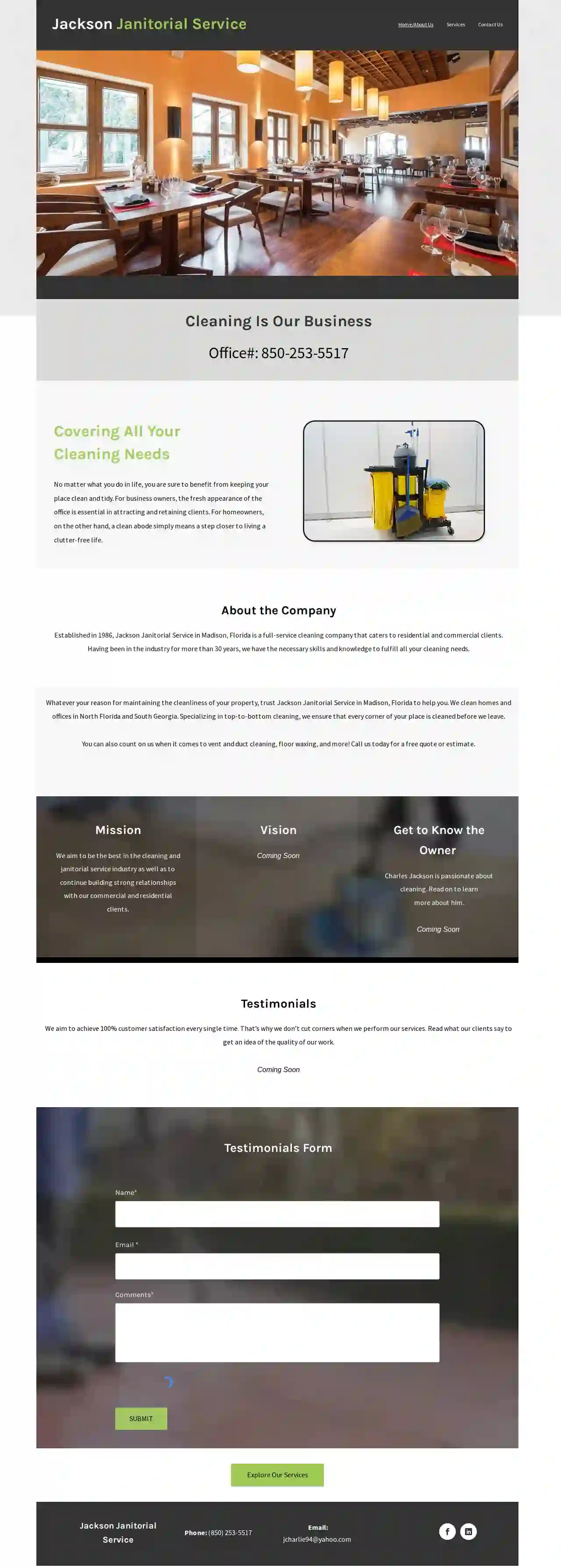
Jackson Janitorial Cleaning Service
42 reviewsJackson, US- Services
- Why Us?
Get Quote- Ke
Keep it Clean Janitorial Services And Supply Company
4.323 reviewsTrenton, US- Services
- Why Us?
Get Quote
Over 60,241+ Cleaning Businesses in our network
Our cleaning service providers operate in Roselle Park & surrounding areas!
CleaningMatch has curated and vetted the Best Cleaning Services near Roselle Park. Find a trustworthy pro today.
Frequently Asked Questions About Cleaning Services
- Ventilation: Improve ventilation by opening windows, turning on the exhaust fan, and using a dehumidifier to reduce moisture levels.
- Bleach Solution: Mix one cup of bleach with one gallon of water. Wear gloves and eye protection when handling bleach. Apply the solution to the affected area, let it sit for 10-15 minutes, then scrub with a brush and rinse thoroughly.
- Vinegar Solution: For a milder alternative, mix equal parts water and vinegar. Apply to the moldy area, let it sit for an hour, then scrub and rinse.
- Baking Soda Paste: Make a paste of baking soda and water, apply to the moldy area, let it dry, then scrub and rinse. Baking soda helps remove stains and deodorize.
- Commercial Mold and Mildew Remover: Use a commercial mold and mildew remover according to the product instructions.
- Ventilation: Open windows and turn on the exhaust fan to improve air circulation.
- Declutter: Remove any items from countertops, the shower, and the floor to allow easy access.
- Pre-treat: Spray shower walls, tub, and toilet bowl with bathroom cleaner and let it sit for a few minutes to break down grime.
- Toilet: Scrub the toilet bowl with a toilet brush, paying attention to the rim and under the seat. Wipe down the exterior of the toilet with a disinfectant wipe.
- Shower/Tub: Scrub the shower walls and tub with a sponge or scrub brush. Rinse thoroughly.
- Sink: Clean the sink with a sponge or cloth and bathroom cleaner. Pay attention to the faucet and drain.
- Mirrors and Glass: Wipe down mirrors and glass surfaces with a glass cleaner and a microfiber cloth for a streak-free finish.
- Floors: Sweep or vacuum the floor, then mop with a floor cleaner designed for your bathroom floor type.
- Finishing Touches: Empty the trash can, replace towels, and put away any toiletries.
- Cleaning: Removing dirt, dust, and debris from surfaces using soap or detergent and water. It improves the appearance and removes visible contaminants.
- Sanitizing: Reducing the number of bacteria on surfaces to a safe level. It uses chemical disinfectants or heat to kill or inactivate bacteria.
- Disinfecting: Killing or inactivating most disease-causing microorganisms on surfaces. It uses stronger chemical disinfectants than sanitizing and targets a wider range of pathogens.
- Prepare the Windows: Remove dust and debris from windows using a brush, vacuum, or damp cloth.
- Cleaning Solution: Use a commercial glass cleaner or a homemade solution of equal parts water and vinegar.
- Spray and Wipe: Spray the cleaning solution onto the window, ensuring even coverage.
- Squeegee Technique: Use a squeegee to wipe the cleaner from top to bottom, overlapping each stroke by about an inch. Wipe the squeegee blade clean after each stroke.
- Dry Edges: Wipe the edges of the window with a clean, dry microfiber cloth to remove any remaining moisture.
How do I remove mold and mildew from my bathroom?
Always test any cleaning solution on a small, inconspicuous area first. After cleaning, take steps to prevent future mold growth by addressing moisture issues, such as fixing leaks and improving ventilation.
What is the best way to clean a bathroom?
By following these steps, you can maintain a clean and hygienic bathroom.
What is the difference between cleaning, sanitizing, and disinfecting?
Cleaning is usually the first step, followed by sanitizing or disinfecting depending on the level of hygiene required.
What is the best way to clean windows without streaks?
For best results, clean windows on a cloudy day or in the shade to prevent the cleaning solution from drying too quickly and leaving streaks.
How do I remove mold and mildew from my bathroom?
- Ventilation: Improve ventilation by opening windows, turning on the exhaust fan, and using a dehumidifier to reduce moisture levels.
- Bleach Solution: Mix one cup of bleach with one gallon of water. Wear gloves and eye protection when handling bleach. Apply the solution to the affected area, let it sit for 10-15 minutes, then scrub with a brush and rinse thoroughly.
- Vinegar Solution: For a milder alternative, mix equal parts water and vinegar. Apply to the moldy area, let it sit for an hour, then scrub and rinse.
- Baking Soda Paste: Make a paste of baking soda and water, apply to the moldy area, let it dry, then scrub and rinse. Baking soda helps remove stains and deodorize.
- Commercial Mold and Mildew Remover: Use a commercial mold and mildew remover according to the product instructions.
Always test any cleaning solution on a small, inconspicuous area first. After cleaning, take steps to prevent future mold growth by addressing moisture issues, such as fixing leaks and improving ventilation.
What is the best way to clean a bathroom?
- Ventilation: Open windows and turn on the exhaust fan to improve air circulation.
- Declutter: Remove any items from countertops, the shower, and the floor to allow easy access.
- Pre-treat: Spray shower walls, tub, and toilet bowl with bathroom cleaner and let it sit for a few minutes to break down grime.
- Toilet: Scrub the toilet bowl with a toilet brush, paying attention to the rim and under the seat. Wipe down the exterior of the toilet with a disinfectant wipe.
- Shower/Tub: Scrub the shower walls and tub with a sponge or scrub brush. Rinse thoroughly.
- Sink: Clean the sink with a sponge or cloth and bathroom cleaner. Pay attention to the faucet and drain.
- Mirrors and Glass: Wipe down mirrors and glass surfaces with a glass cleaner and a microfiber cloth for a streak-free finish.
- Floors: Sweep or vacuum the floor, then mop with a floor cleaner designed for your bathroom floor type.
- Finishing Touches: Empty the trash can, replace towels, and put away any toiletries.
By following these steps, you can maintain a clean and hygienic bathroom.
What is the difference between cleaning, sanitizing, and disinfecting?
- Cleaning: Removing dirt, dust, and debris from surfaces using soap or detergent and water. It improves the appearance and removes visible contaminants.
- Sanitizing: Reducing the number of bacteria on surfaces to a safe level. It uses chemical disinfectants or heat to kill or inactivate bacteria.
- Disinfecting: Killing or inactivating most disease-causing microorganisms on surfaces. It uses stronger chemical disinfectants than sanitizing and targets a wider range of pathogens.
Cleaning is usually the first step, followed by sanitizing or disinfecting depending on the level of hygiene required.
What is the best way to clean windows without streaks?
- Prepare the Windows: Remove dust and debris from windows using a brush, vacuum, or damp cloth.
- Cleaning Solution: Use a commercial glass cleaner or a homemade solution of equal parts water and vinegar.
- Spray and Wipe: Spray the cleaning solution onto the window, ensuring even coverage.
- Squeegee Technique: Use a squeegee to wipe the cleaner from top to bottom, overlapping each stroke by about an inch. Wipe the squeegee blade clean after each stroke.
- Dry Edges: Wipe the edges of the window with a clean, dry microfiber cloth to remove any remaining moisture.
For best results, clean windows on a cloudy day or in the shade to prevent the cleaning solution from drying too quickly and leaving streaks.